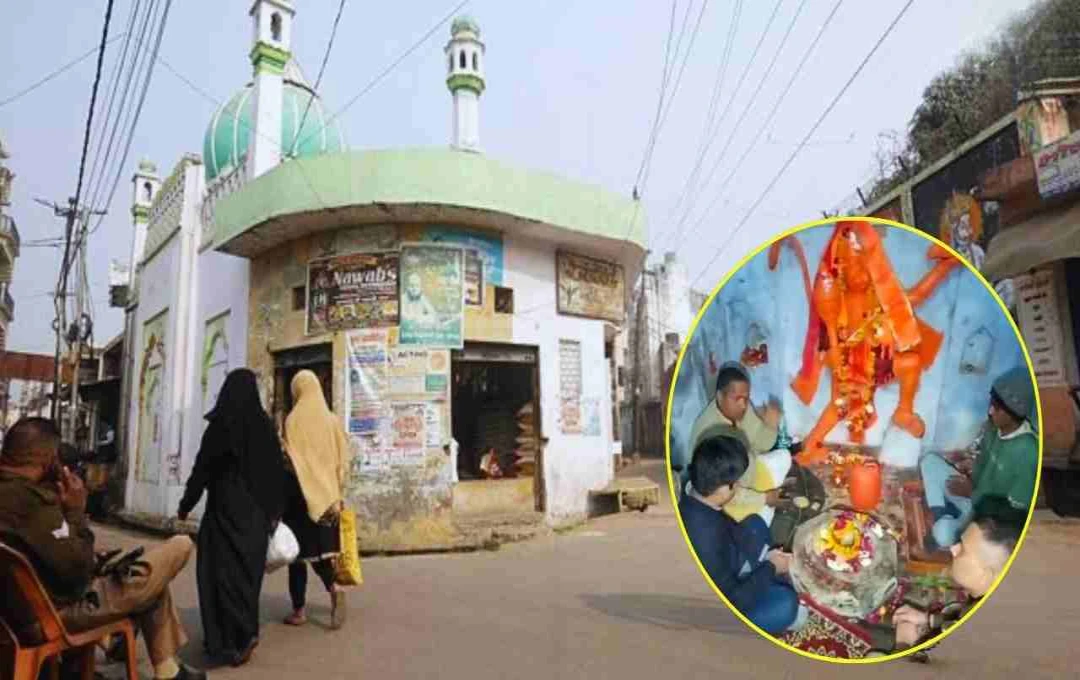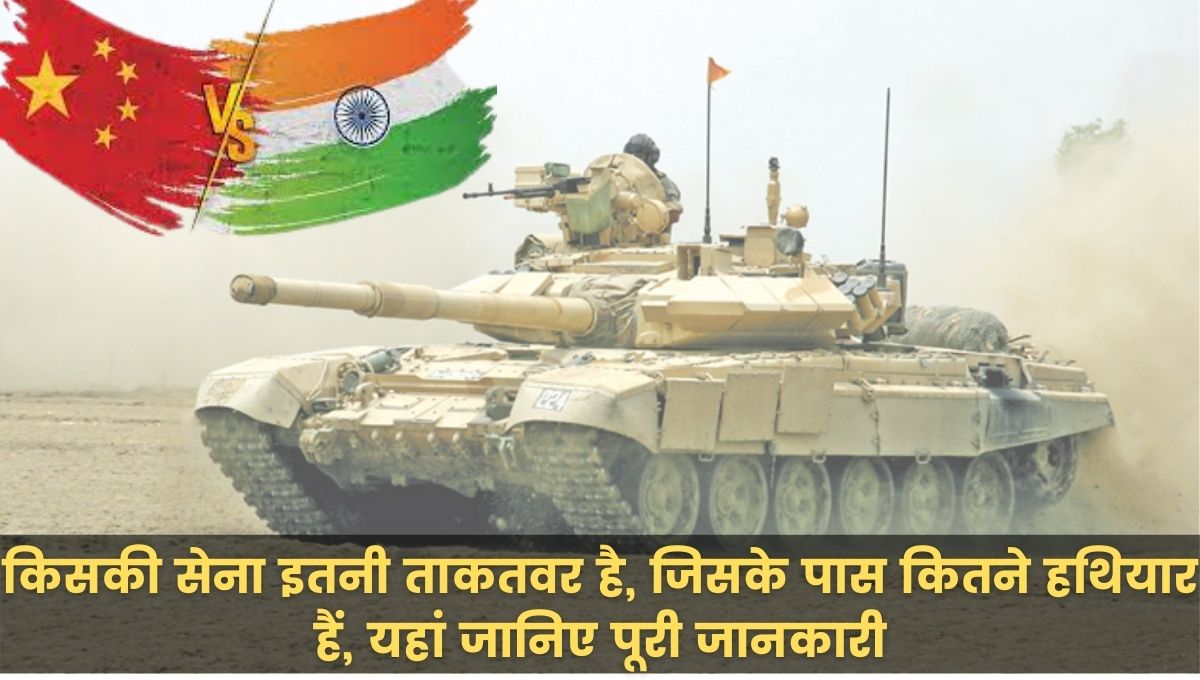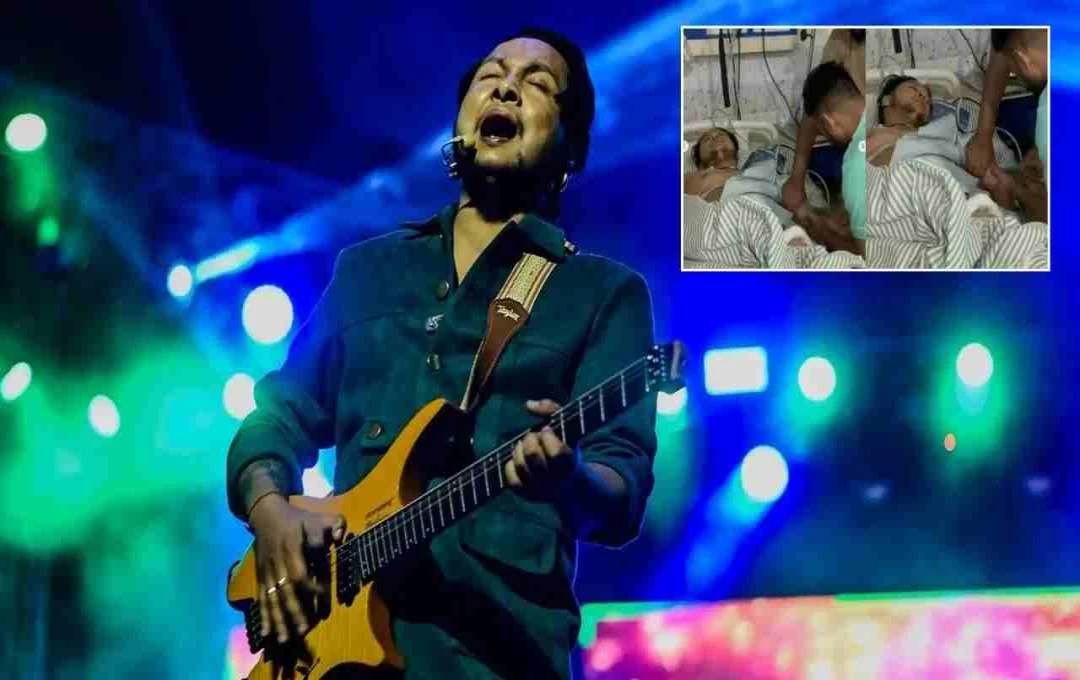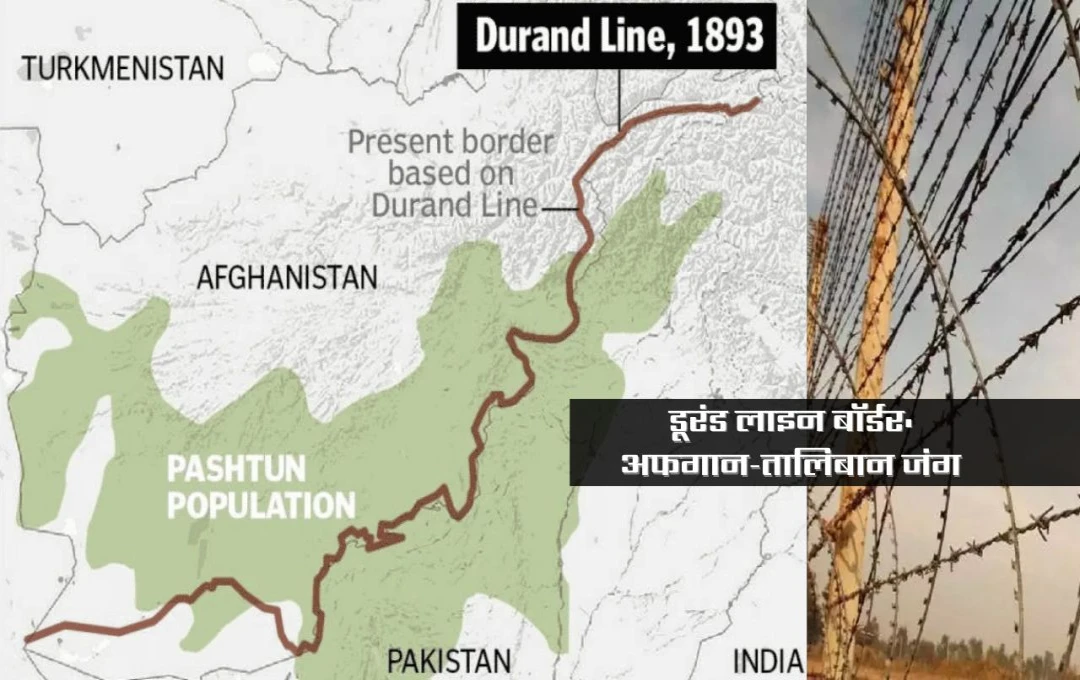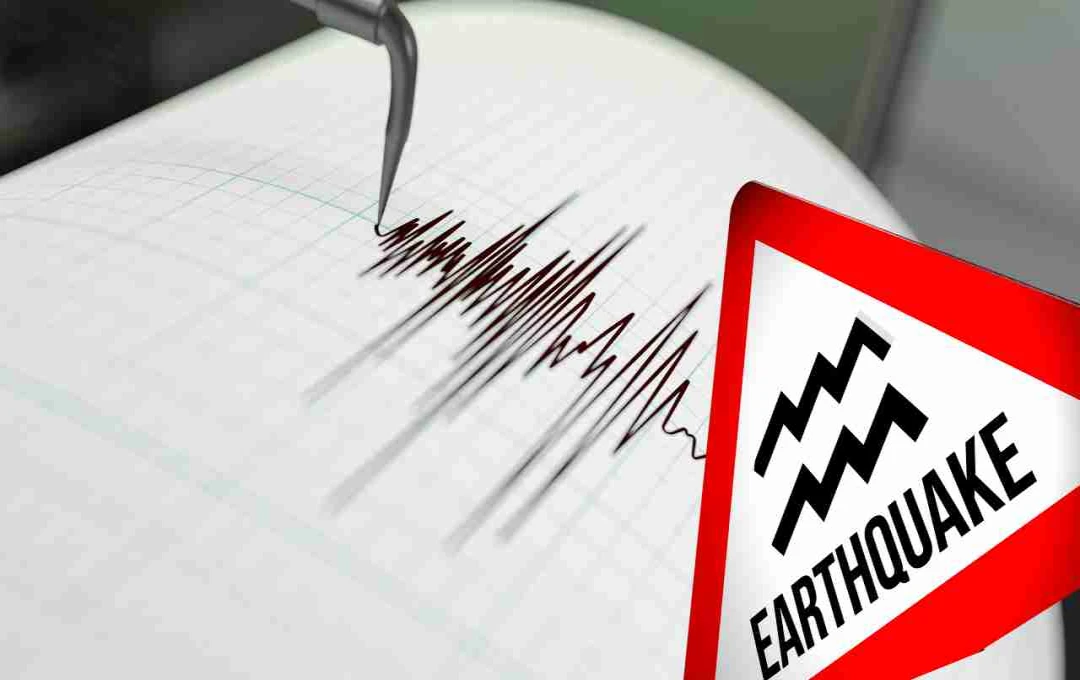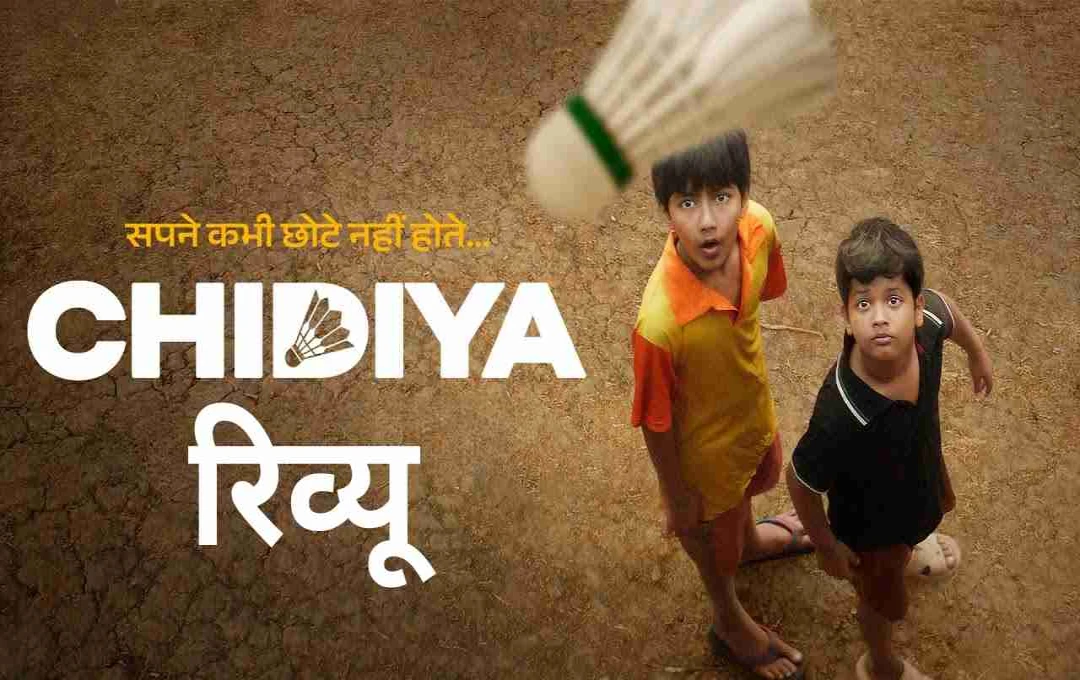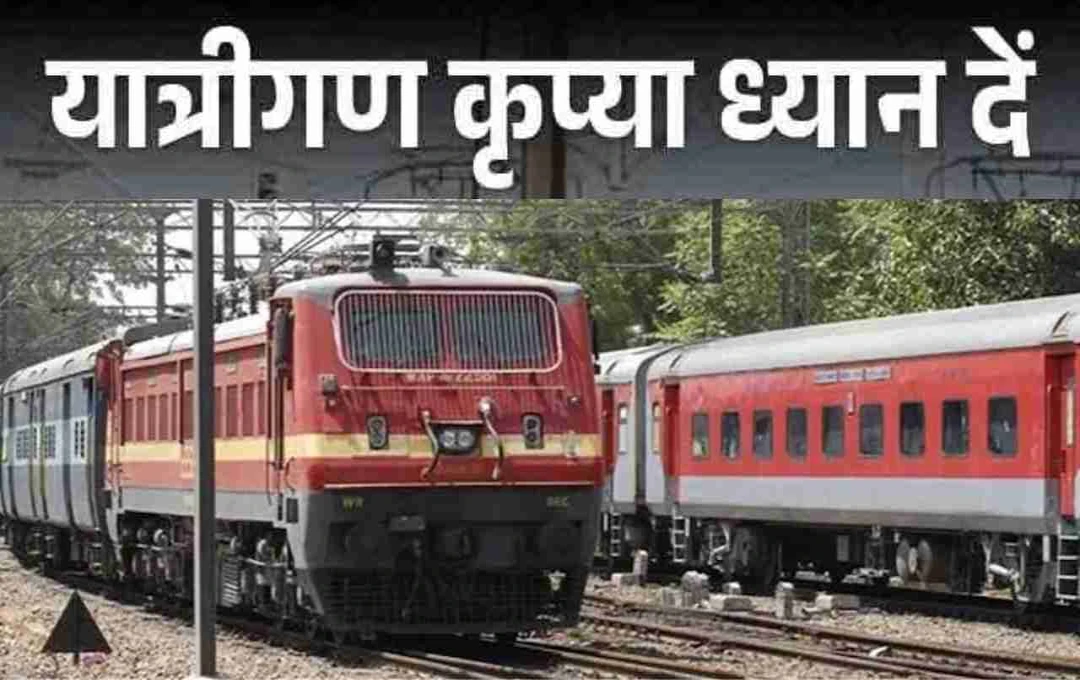Following the violence that erupted in Sambhal 180 days ago over a survey of the Jama Masjid, the situation has dramatically improved. What was once an atmosphere of tension now shows signs of development work and bustling religious activities.
Uttar Pradesh: 180 days have passed since the violence that broke out in Sambhal district on November 24, 2024, during a survey of the Jama Masjid. The current situation in Sambhal is significantly better than the tense and fearful atmosphere that prevailed then. Through the combined efforts of the administration and local residents, the district's landscape has completely transformed. Where communal tension once gripped the city, today one hears the echoes of development, peace, and religious activities.
Sambhal's Changing Face After Jama Masjid Violence
The contentious situation that arose on November 24, 2024, regarding the survey of the Jama Masjid complex, once again thrust Sambhal into national headlines. The violence that day caused widespread unrest in the district. However, 180 days later, the situation has significantly improved. The administration has implemented robust security measures and taken special steps to maintain peace at all religious sites and public places.
Re-inauguration of the Ancient Shri Kartikeya Mahadev Temple
Just 22 days after the violence, on December 14, 2024, the doors of the Shri Kartikeya Mahadev Temple, located about a kilometer outside Sambhal, were opened to the public. This temple had been closed for many years and enclosed by a boundary wall. Following orders from the local administration, this wall was removed, and the temple was cleaned, with the participation of ASP Shrishachandra and CO Anuj Chaudhary.
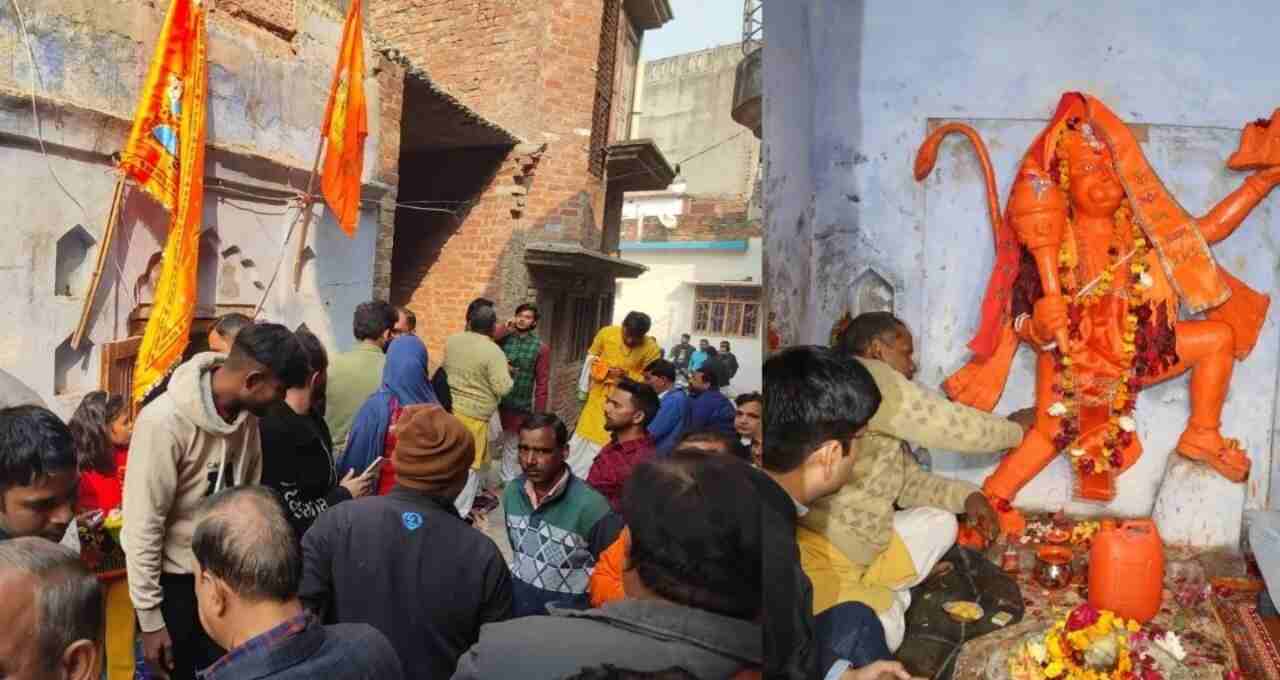
Following the temple's cleaning, regular pujas, prayers, and devotional singing are now held there during major religious festivals like Shivratri, Holi, and Navratri. The temple has been painted saffron, and CCTV cameras have been installed, along with PAC and police personnel for security. Following Chief Minister Yogi Adityanath's instructions, religious activities are being promoted to strengthen communal harmony.
Religious-Cultural Landscape: Steps Towards a New Identity
- Work is underway to install statues of historical and cultural significance at several locations in and around Sambhal city.
- Widening work has begun at Chandausi Chauraha to install a statue of Emperor Prithviraj Chauhan.
- A statue of Lord Parshuram will be installed at Shankar College Chauraha.
- There are plans to install a statue of Mata Ahilyabai Holkar in the Sadbhavana Park near the Manokamna Temple.
- Statues of Bharat Ratna Dr. A.P.J. Abdul Kalam in Nakhasa-Hindapura Kheda and Bharat Ratna former Prime Minister Atal Bihari Vajpayee in the Atal Bal Udyan Park in Ther Mohalla will be erected.
- All these locations are within a two-and-a-half-kilometer radius of the Jama Masjid, reshaping Sambhal's religious and cultural landscape.
Improved Security Arrangements and Modernization of Police Outposts
Special steps have also been taken regarding security. The Satyavrat police outpost in Sambhal district has been strengthened by making it a two-story building to make maintaining peace and order in the area more effective. Police personnel are deployed 24/7 at the outpost, maintaining constant surveillance. There have also been some significant changes within the police department. CO Anuj Chaudhary, who was in the news for his controversial statement '52 Jumme Holi Ek Bar,' has been transferred to Chandausi.
Chief Minister Yogi Adityanath supported this statement, but the transfer reflects a consideration of departmental discipline and local sentiments. Meanwhile, ASP Shrishachandra, who led the temple cleaning, has been transferred to Etawah Dehat.
Steps to Strengthen Communal Harmony

Sambhal district has had a communally sensitive environment for the past few years. However, after the November 2024 violence, the administration took b steps, granting all communities the right to freely practice their faith while emphasizing the maintenance of peace and order. The government's policy is clear: all religions will be respected, and equality and harmony regarding religious sites will be maintained. In this direction, the Sambhal administration has launched several new initiatives that are establishing the district as a symbol of a new identity and cultural togetherness.
The changes in Sambhal's situation clearly demonstrate that progress and peace can be achieved even after violence. From the reopening of temples to the establishment of new cultural monuments, from robust security arrangements to administrative reforms, every step is directed towards making Sambhal a prosperous and peaceful district.
